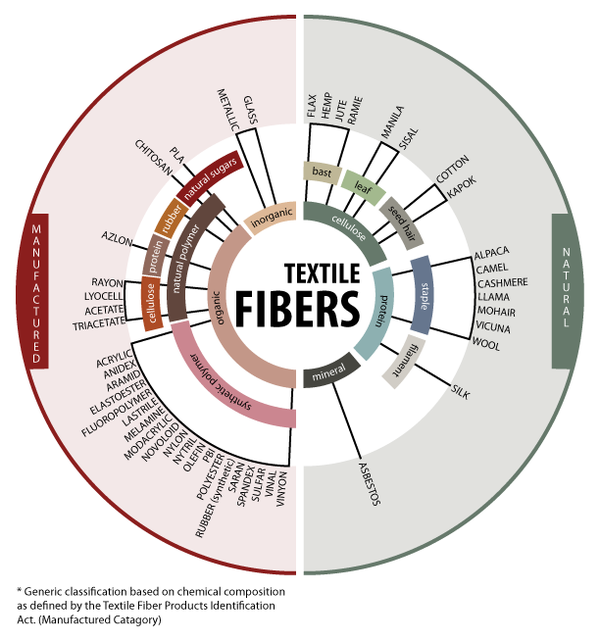- Qinsun Instruments Co., Ltd.
- Tell:+86-21-6780 0179
- Phone:+86-17740808215
- Address:No. 2578 Minhang District Gu Dai Road, Shanghai
- Contact:Mr. Li
- QQ:846490659
How to choose a chromatographic column

The chromatographic column is the core component in chromatographic analysis, and its performance directly affects the accuracy and reliability of the analysis results. Therefore, selecting the appropriate chromatographic column is crucial for the success of the experiment. When selecting a chromatographic column, it is necessary to choose based on the following criteria:
1. Analysis objective: Firstly, it is necessary to clarify the target substance for analysis, and different types of chromatography columns need to be selected for different substances. For example, for the analysis of organic compounds, reverse phase chromatography columns such as C18 and C8 can be selected; For biomolecules such as proteins and nucleic acids, ion exchange chromatography columns or hydrophilic interaction chromatography columns can be chosen.
2. Material of chromatography column: The materials of chromatography column mainly include stainless steel, glass, and plastic. Stainless steel chromatography columns have high mechanical strength and corrosion resistance, but may have adsorption effects on certain substances; Glass chromatography columns have good chemical inertness but are fragile; Plastic chromatography columns are lightweight and not easily broken, but they have poor pressure and temperature resistance. Select the appropriate chromatographic column material based on experimental requirements and budget.
3. Column size: The size of a chromatographic column includes length, inner diameter, and particle size. Generally speaking, longer chromatographic columns have higher resolution, but the analysis time also increases accordingly; A chromatography column with a smaller inner diameter can provide higher separation efficiency, but with higher pressure, it requires higher instrument requirements; Smaller particle sizes can provide higher separation efficiency, but higher pressure requires higher instrument requirements. Select the appropriate chromatographic column size based on experimental requirements and instrument conditions.
4. Fixed phase: The fixed phase of a chromatographic column is a key factor affecting the separation efficiency. Common stationary phases include C18, C8, cyano, amino, etc. There are significant differences in the retention capacity and selectivity of different stationary phase substances, and it is necessary to select the appropriate stationary phase based on the analysis target.
5. Column efficiency: Column efficiency refers to the separation ability of a chromatographic column for substances, usually expressed in terms of the number of trays (N) or the height of trays (H). The higher the column efficiency, the better the separation effect. When selecting chromatography columns, products with higher column efficiency should be selected.
6. Stability: The stability of a chromatographic column refers to the degree to which its performance changes over time under certain conditions. A stable chromatographic column can ensure long-term stable use, reduce replacement frequency, and lower experimental costs. When selecting chromatographic columns, products with good stability should be selected.
7. Manufacturer and brand: Choosing chromatography columns produced by reputable and reputable manufacturers can ensure product quality and after-sales service. During the purchasing process, reference can be made to the experience and evaluations of other users in order to select the appropriate product.





